Role Photographer | Name Karl Struss Title A.S.C. | |
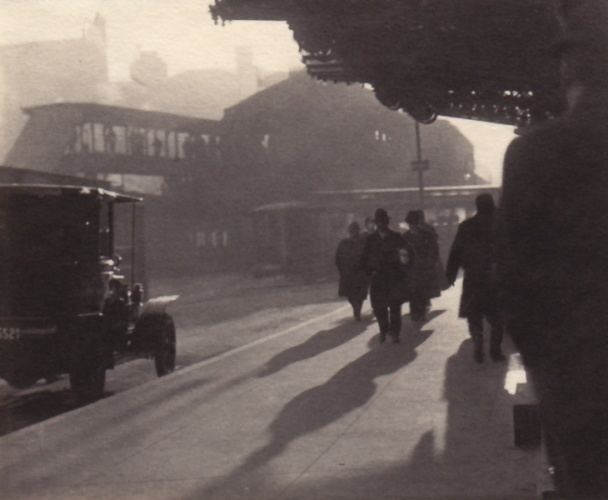 | ||
Born November 30, 1886 ( 1886-11-30 ) New York, New York Artwork Metropolitan Life Insurance Tower Movies Sunrise: A Song of Two Hum, The Great Dictator, Dr Jekyll and Mr Hyde, Limelight, Island of Lost Souls Similar People Charles Rosher, Roland Totheroh, Kurt Neumann, Carl Mayer, Margaret Livingston | ||
Roger Deakins: On Cinematography
Karl Struss, A.S.C. (November 30, 1886 – December 15, 1981) was an American photographer and a cinematographer of the 1900s through the 1950s. He was also one of the earliest pioneers of 3-D films. While he mostly worked on films, such as F. W. Murnau's Sunrise: A Song of Two Humans and Charles Chaplin's The Great Dictator and Limelight, he was also one of the cinematographers for the television series Broken Arrow and photographed 19 episodes of My Friend Flicka.
Contents
- Roger Deakins On Cinematography
- Roger Deakins On Conrad Hall
- Life and career
- Awards
- Selected filmography
- References
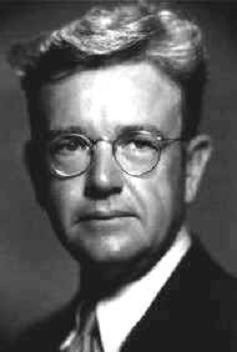
Roger Deakins: On Conrad Hall
Life and career
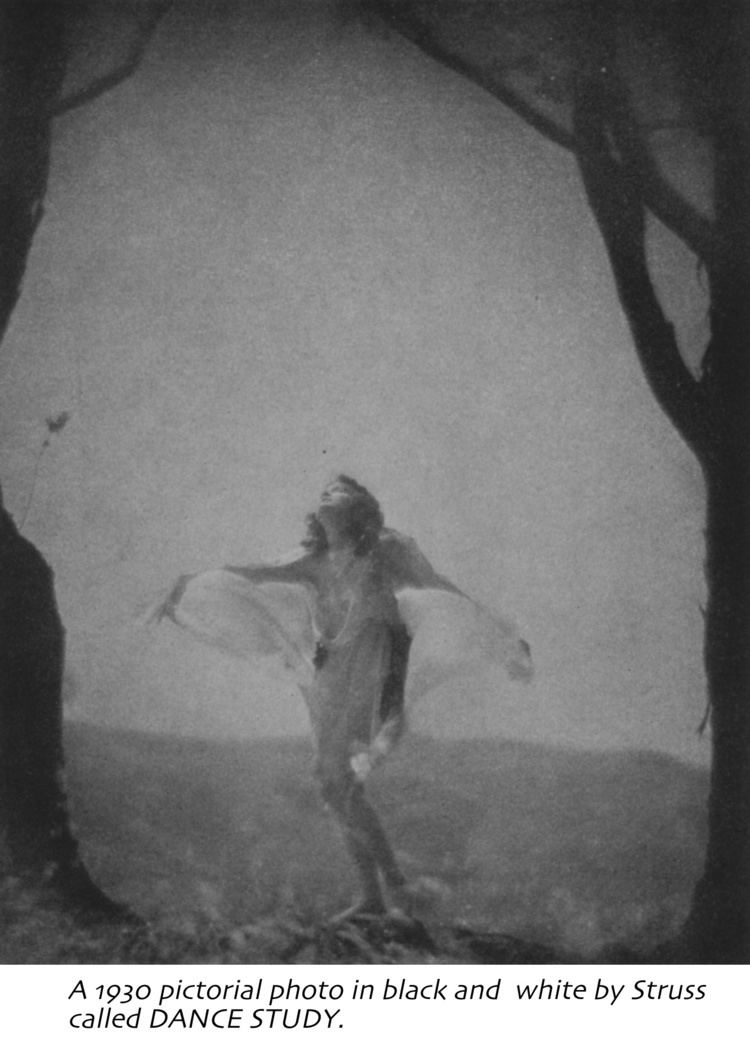
He was born in New York, New York, in 1886. After an illness in high school, Karl's father, Henry, removed his son from school and placed him as a labor operator at Seybel & Struss bonnet wire factory. He began to develop an interest in photography, experimenting with an 8 x 10 camera, and, beginning in 1908, attended Clarence H. White's evening photography course at Teachers College, Columbia University. Early in his studies, he explored the properties of camera lenses and eventually invented, in 1909, what he attempted to patent as the Struss Pictorial Lens, a soft-focus lens. This lens was considered popular with pictorial photographers of the time. The Struss Pictorial lens was the first soft-focus lens introduced into the motion picture industry in 1916.
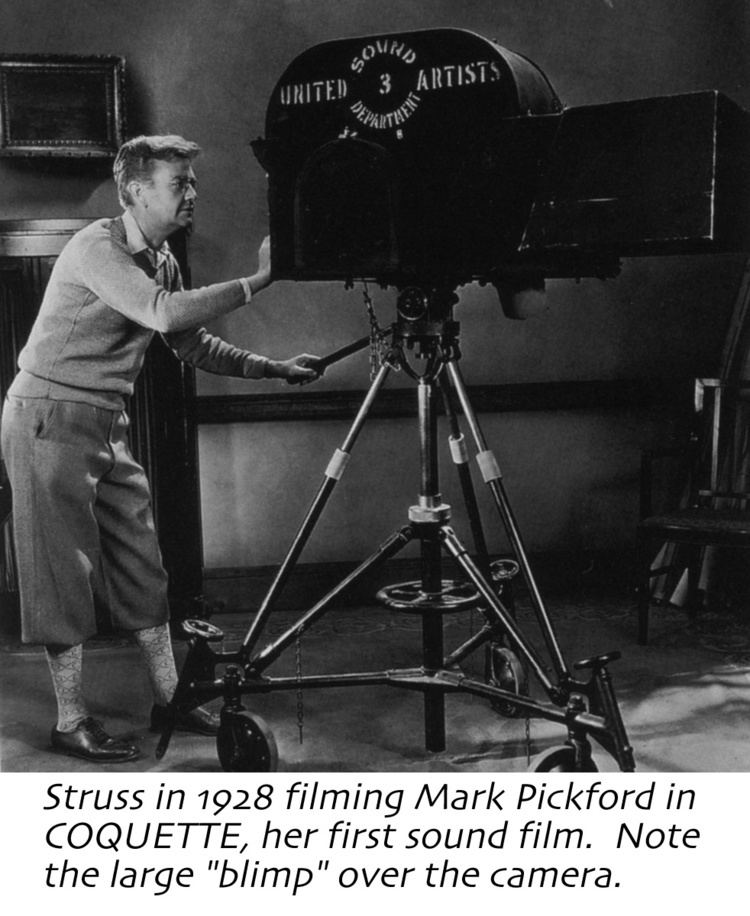
Initially, his reputation gained attention when twelve of his pictorial works were chosen for the Albright Art Gallery International Exhibition of Pictorial Photography by Alfred Stieglitz in 1910. This was the final exhibition of the Photo-Secession, an organization that promoted photography as fine art. Struss' reputation was solidified by his inclusion in the exhibition "What the Camera Does in the Hand of the Artist" at the Newark Art Museum, held in April 1911, and an invitation by the Teacher's College for Struss to organize a one-person exhibition of his views of New York as well as to teach White's course in the summer of 1912 while White was away.Struss was invited by Stieglitz to join the Photo-Secession in 1912, which led to the publication of Struss' photographs in the group's magazine Camera Work. In 1913 Struss, in collaboration with Edward Dickson, Clarence White, Alvin Langdon Coburn, and Paul Anderson, began their own publication, Platinum Print. In 1914, he resigned his position at the family business and asserted his identity as a professional photographer by assuming Clarence White's former studio space.
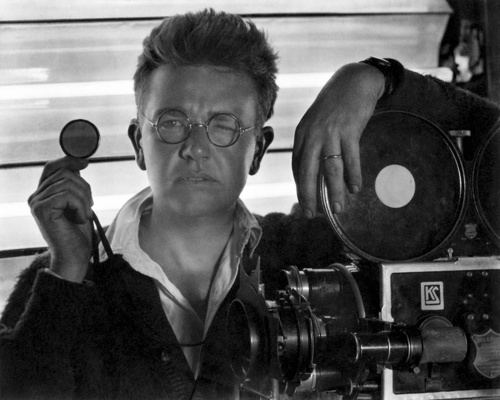
As Struss continued his work and exhibitions, he produced commercial photography for magazines including Vogue, Vanity Fair, and Harper's Bazaar. (However, he was quick to insist that he was not doing fashion photography.)
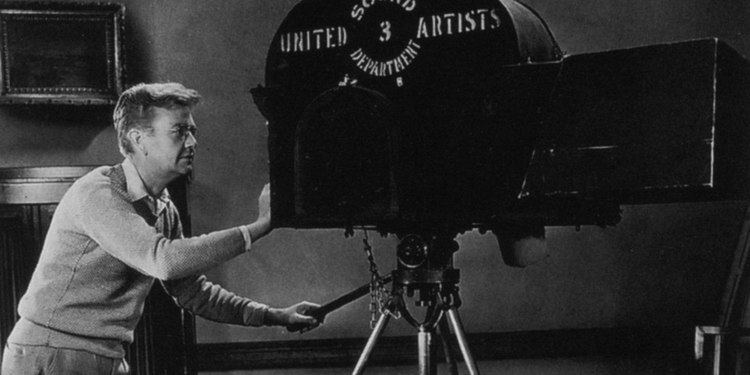
In 1919, after his military service, he moved to Los Angeles and signed on with Cecil B. DeMille as a cameraman and subsequently worked on many films. Struss was later admitted to the American Society of Cinematographers, and was a founding member of the Academy of Motion Picture Arts. In 1949, he began his work in "stereo cinematography", becoming one of the first proponents of that art form. Unfortunately, he did most of his 3D work in Italy and none of his films were subsequently released in 3D in the United States.
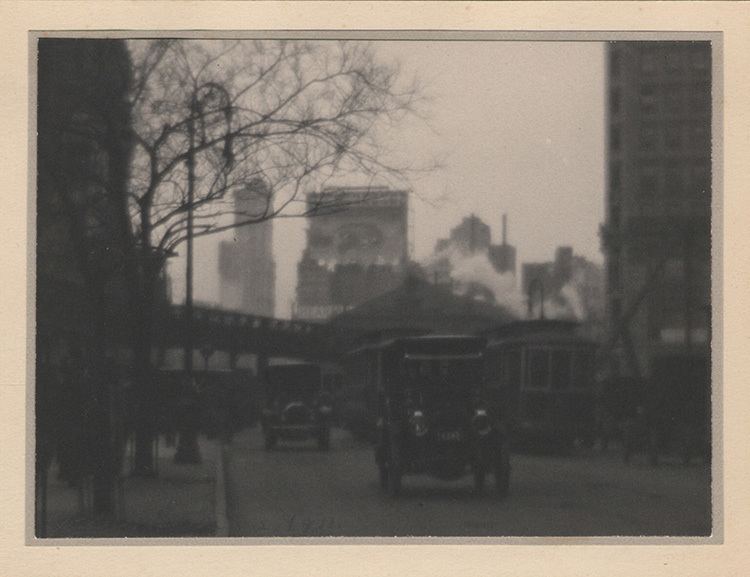
Struss's photographic archive of exhibition prints, film stills, negatives and papers is available at the Amon Carter Museum of American Art located in Fort Worth, TX.
Awards
In his career, Struss was nominated for an Academy Award for Best Cinematography four times. The first time, and the only time he won, was for F. W. Murnau's Sunrise: A Song of Two Humans in 1929, sharing that award with Charles Rosher. He was nominated again in 1932 for Dr. Jekyll and Mr. Hyde, in 1934 for The Sign of the Cross, and in 1942 for Aloma of the South Seas with Wilfred M. Cline, A.S.C. and William E. Snyder, A.S.C.
